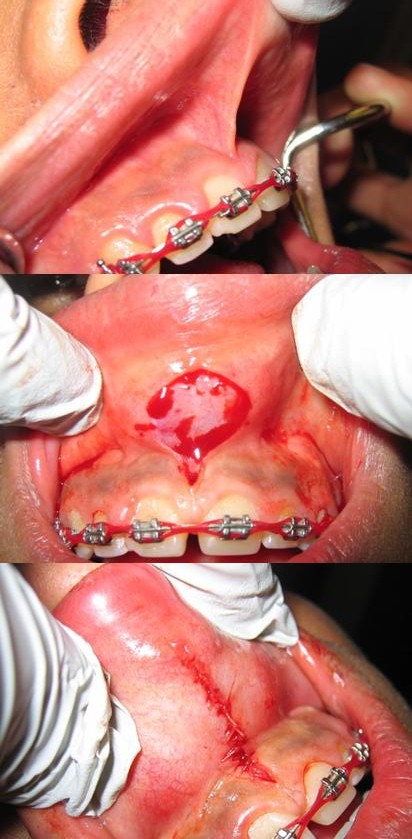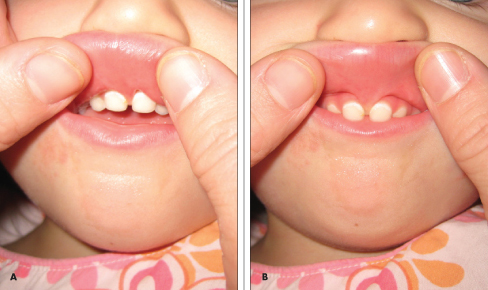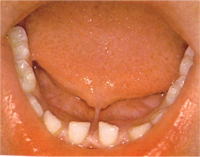 There are over 200 known serotypes of Human Papilloma Virus (HPV). About 79 million Americans are currently infected with HPV. About 7% of adults have HPV in their oral cavity. Only about 3,000 to 13,000 patients in the United States have Recurrent Respiratory Papilllomatosis (RRP). Virtually all of them have active HPV in thier oral cavity. These patients are afflicted with HPV 6 and 11, which affects primarily mucous membranes. It is looking more and more like oral to oral transmission trumps oral genital transmission. It seems to be a different animal all together than cervical HPV. Serotypes 16 and 18 are the types associated with carcinogenesis. There currently is no evidence that spouses should be vaccinated and it does not really seem to be easily transmitted between adults. Cervarix is a bivalent 16 &18 only vaccine.
There are over 200 known serotypes of Human Papilloma Virus (HPV). About 79 million Americans are currently infected with HPV. About 7% of adults have HPV in their oral cavity. Only about 3,000 to 13,000 patients in the United States have Recurrent Respiratory Papilllomatosis (RRP). Virtually all of them have active HPV in thier oral cavity. These patients are afflicted with HPV 6 and 11, which affects primarily mucous membranes. It is looking more and more like oral to oral transmission trumps oral genital transmission. It seems to be a different animal all together than cervical HPV. Serotypes 16 and 18 are the types associated with carcinogenesis. There currently is no evidence that spouses should be vaccinated and it does not really seem to be easily transmitted between adults. Cervarix is a bivalent 16 &18 only vaccine.
This disease has become epidemic, however the treatments and the preventative measures are also gaining momentum. HPV is the whole reason we really did PAP smears. The viral changes led to cervical uterine dysplasian and even carcinogenesis. It was even suggested to consider C-section in women with active infections.
The disease is really divided into the more problematic juvenille onset (>20 lifetime surgeries) vs adult onset (<5 lifetime surgeries). There may be some correlation with sexual behavior in adult onset, however, this is still controversial. There is no role for vaccination or even counseling or testing partners.
 Recurrent Laryngeal RRP may require multiple surgeries. It seems the best initial response is with the CO2 Laser, however use of the microdebrider (PIPE) may actually give better voice outcomes
Recurrent Laryngeal RRP may require multiple surgeries. It seems the best initial response is with the CO2 Laser, however use of the microdebrider (PIPE) may actually give better voice outcomes
Adjuvant therapies such as Acyclovir, MTX, Ribavarin, Mumps vaccine, PPI, Alpha Interferon, Hsp E7, Retinoids, and Intralesional Cidofovir have been touted, but lack strong prospective efficacy studies. Typically I use the CO2 laser. Have patients eat green leafy vegetables (Indole-3-carbinols) modulates estrogen metabolism and 1/3 of patients respond. Inject about 75 mg of Cidofovir in 1 cc after the resection. I may consider placing on Celebrex (Cox 2 inhibitor) which modulates the over expression of epidermal growth factor by inhibiting cyclooxygenase-2 and prostaglandin E2. I also may consider injecting Avastin (Bevacizumab) recombinant monoclonal antibody against vascular endothelial growth factor.


